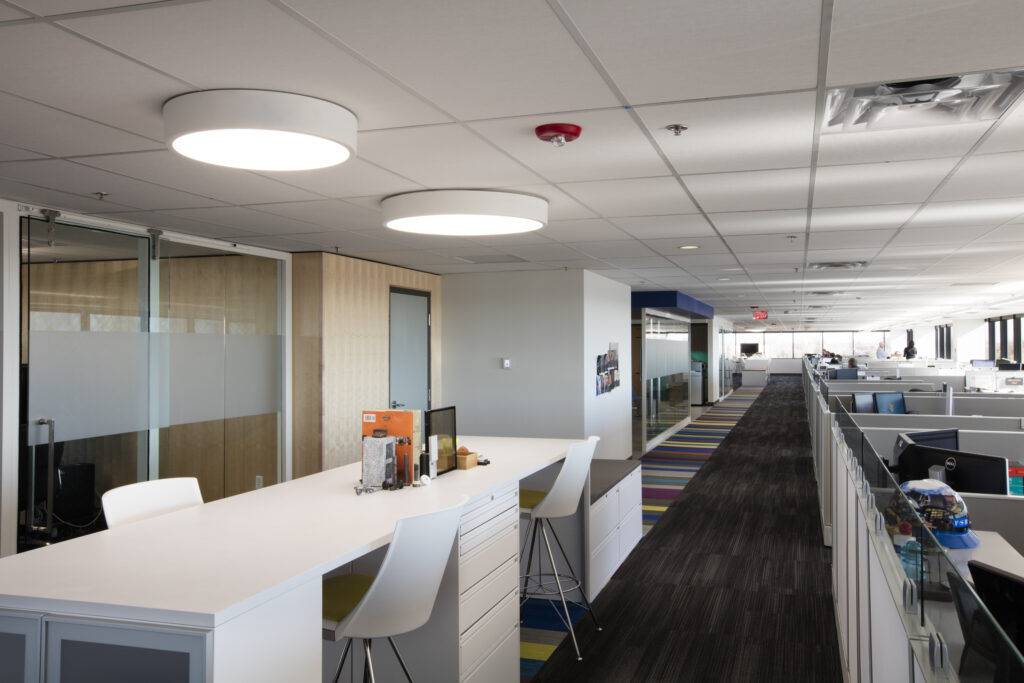
Early on, the COVID-19 pandemic demanded organizations embrace a dispersed workplace structure. Once-bustling buildings were abandoned in an instant, causing employees to rethink how and where they will work. Companies are now turning from surviving to adapting and planning ahead. What does that mean for corporate design and real estate?
Since the beginning of the pandemic, we at FSB, an architectural-engineering firm headquartered in Oklahoma City, have found that while the conversation about remote work flexibility continues, the need for well-designed physical workspace remains. However, design and real estate needs are changing.
From our interactions with local developers, we have observed that many businesses want to provide employees a safe work environment, even if at a reduced number of hours per week, so the employees can maintain productivity and company culture. Because of this, many companies are exploring larger floor plans to allow for more square footage per person in order to promote social distancing. The trend of open office concepts, already criticized by some for the challenges it presents with noise control, will likely give way as less communal, more private spaces are introduced back into workplace designs.
We are aware this perspective may be particularly prevalent in places like Oklahoma City. With 621 square miles of affordable real estate, Oklahoma City gives companies more options for flexible, spacious floor plans that allow employees to socially distance in meetings and spread out or work remotely for independent tasks. Larger, more dense metropolitan areas may not be able to support this type of expansion.
Companies that are more open to remote work, from culture and industry perspectives, do of course recognize the opportunity to reduce real estate overhead. Global Workplace Analytics estimates 56% of the U.S. workforce holds a job that would be compatible with remote work at least part of the time. The Great Recession of 2007–2009 spurred a series of occupancy studies that showed employees were not at their desks 50%–60% of the time on average. The pandemic is likely to spur a new wave of studies like this as companies seek efficiencies and look for cost savings opportunities.
Nationwide industry experts agree — the speed with which the country and industry emerge from this current crisis depends on a number of issues, such as property types, markets and individual projects. Workplace needs, as always, will differ greatly by industry, particularly now that the pandemic has impeded some industries — such as tourism and retail — more than others. However, seven months into the pandemic and with widespread work-from-home practices, it is undeniable that time in the office often plays an important role in fostering connectivity that can have a lasting impact on employees’ well-being, not to mention company culture. As business leaders learn from this experience and make short-term and long-term plans for how their cultures will adapt, now is also the time to design workplaces that will keep employees connected, comfortable and safe.

Dawson is the corporate market associate principal at FSB.